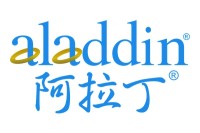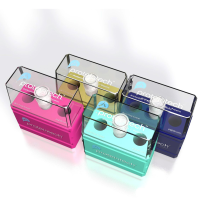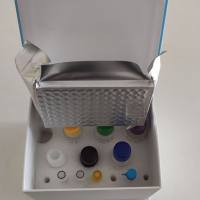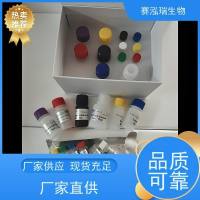Nitric Oxide and Cardiac Ischemia
互联网
262
In a healthy heart, an increase in myocardial oxygen demand induces an increase in coronary artery blood flow and oxygen delivery. When obstructive coronary artery disease occurs, there is an abnormal diminished coronary blood supply relative to the myocardial oxygen demand known as hypoxia. The reduction in cardiac output is accompanied by increased systemic and pulmonary vascular resistance. These events are responsible for acute myocardial ischemia, which is manifested clinically by angina pectoris. Besides hypoxia, other disorders, such as a reduced delivery of substrates, accumulation of tissue metabolites, and reduction in vascular reactivity, can contribute to induce myocardial ischemia (Fig. 1 ). It is widely accepted that hypercholesterolemia, hypertension, diabetes mellitus, and cigarette smoking are important risk factors for the development of obstructive coronary atherosclerosis. These pathologies show, as a common pattern, an impaired endothelium-dependent vasorelaxation of the large coronary arteries that often is evident even before the formation of the atherosclerotic lesions (1 –5 ). These findings constitute an important issue because acute myocardial ischemia, resulting mainly from atherosclerotic coronary artery disease, occurs in as many as six millions persons, and approx 28 million people suffer obstructive coronary artery disease in the United States alone (6 ,7 ). Over the last decade, it has been recognized the physiological and pathophysiological roles of endothelium in the cardiovascular system. Several substances released or metabolized by cardiac endothelial cells have direct effects on cardiac myocytes function, including nitric oxide (NO), prostanoids, endothelins, kinins, angiotensin II, reactive oxygen species (ROS), adenylpurines (for review, see ref. 8 ).









